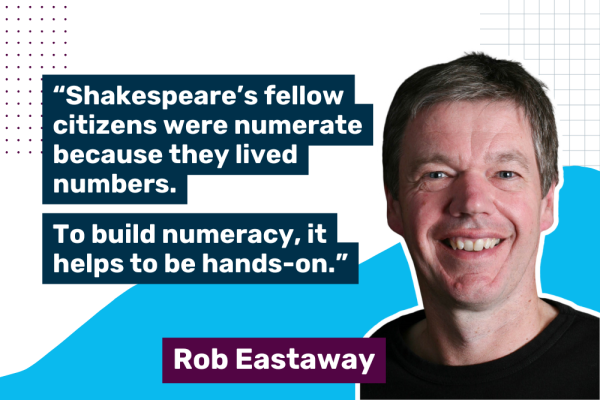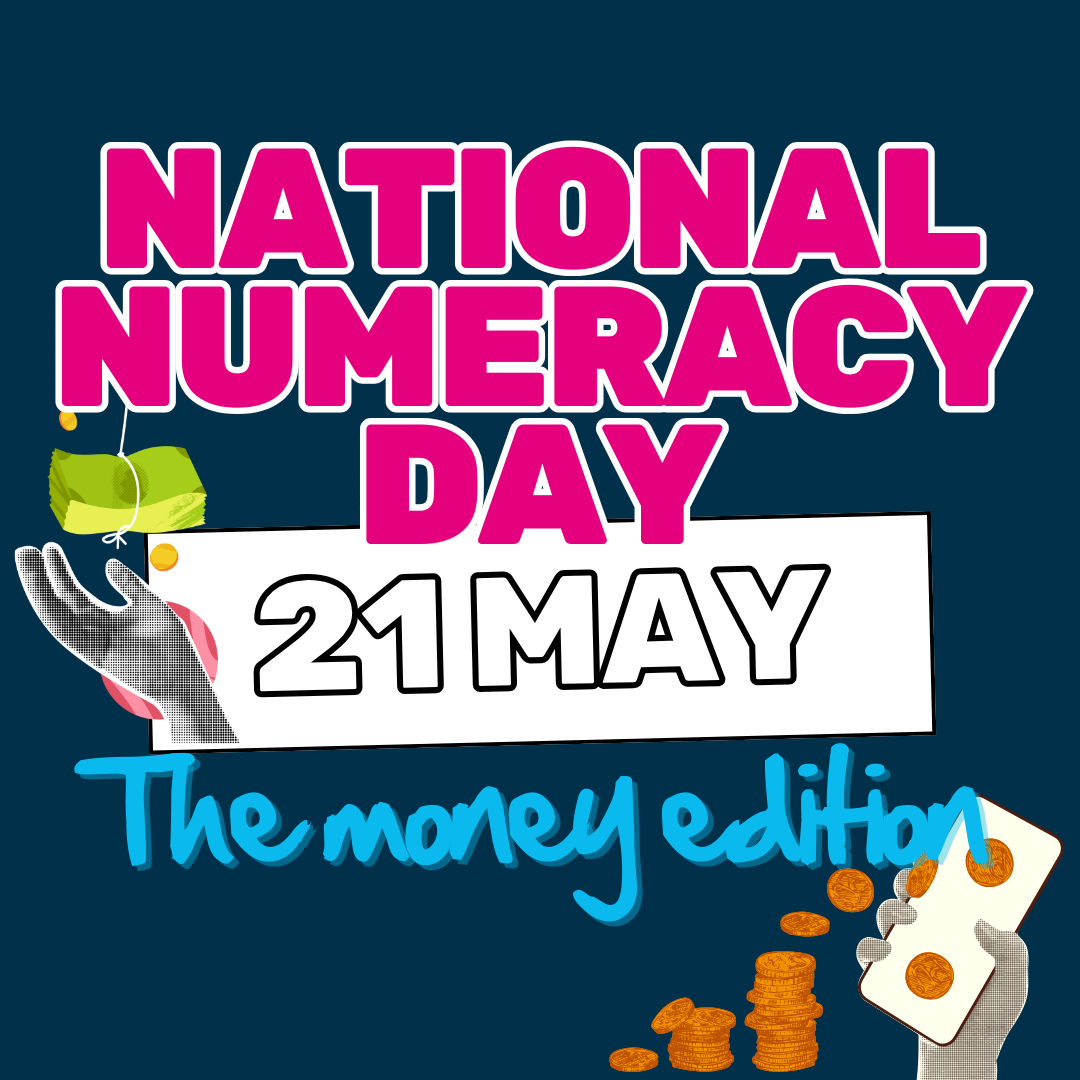Back then, most people lived in small villages, working the land or practising trades like carpentry, weaving, or blacksmithing. And if you wandered through one of these villages or even a city like London, you’d probably see no numbers at all.
A church clock was simply a bell that bonged on the hour, there was no clock face to read ("I have not heard the clock," says Banquo’s son in Macbeth). There were no numbered road signs, coins bore no numerals, and houses had no addresses. Even carpenters’ rulers had no numbers, just markings. Books rarely had page numbers.
Numbers were practically invisible in daily life
The only place numbers might be seen in public was on gravestones, and even then, only in Roman numerals. Indo-Arabic numerals were just beginning to appear in England, used mostly by merchants, sailors, and the educated elite.
And yet…
Elizabethan people were still highly numerate in a practical way, particularly in handling money. They made purchases, calculated change, and totted up the value of coins mentally, without any calculating devices, despite having to deal with a more fiddly money system than we have today. A pound was worth twenty shillings, and a shilling was worth 12 pennies which could be broken down into two sixpences, four threepences, or three groats. There were also fractions – halfpennies and farthings (a quarter of a penny) – and people routinely used them, as demonstrated by the fact that Shakespeare’s plays are filled with mentions of every type of coin and currency.
Tudor numeracy also relied on senses like hearing and touch
Time was tracked by counting church bells. Measurements were linked to physical experience – a “foot” was the length of your foot, an inch the top joint of your thumb. Distances were judged by how far you could walk in an hour or a day. Shepherds counted sheep in groups of 20 using the old Celtic system: “Yan, tan, tethera…” up to “jigget” for 20, marking each group with a pebble in the pocket. It was a tactile, memory-based method.
So despite the lack of visible numbers, Shakespeare’s fellow citizens were numerate because they lived numbers. They handled money daily, measured with their bodies, and counted through rhythm, rhyme, and repetition.
Today, most of our number work is invisible—tapping cards, using apps, letting machines do the maths. That convenience can erode our natural number sense.
The lesson?
To build numeracy, it helps to be hands-on. Do more cooking and baking that involves measuring out the ingredients. When planning on getting a new carpet or doing some DIY, use a tape measure to gather the dimensions yourself. When playing Monopoly, volunteer to be the banker.
And finally here’s some advice from Shakespeare’s Othello: "Put money in thy purse"... And then you will, of course, need to find a shop that still takes cash!






